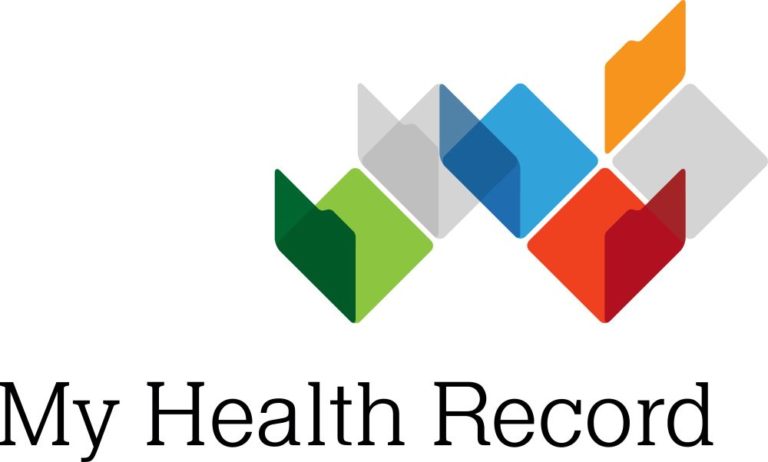[vc_row][vc_column][vc_column_text]Some of the key issues the Agreement Workplan seeks to address includes:
- Support sector stability and sustainability
- Reduce the time to market for medical devices
- Ensure Australian patients have access to safe, effective, and cost effective innovative medical devices in the private sector
- Improve the transparency and efficiency of the Prostheses List arrangements
- Recognise superior clinical performance
- Support Australian medical technology innovation
“The release of the Agreement workplan and industry working groups terms of reference is important to ensure transparency around this process and the delivery of reforms that are in the Agreement,” said Ian Burgess, Chief Executive Officer of the Medical Technology Association of Australia.
“Under this Agreement, the MedTech industry is incurring revenue cuts of $1.1 billion which goes directly to the private health insurance companies to improve the affordability of their insurance products.
“We are the major reason that this year’s average private health insurance premium increase was the lowest in 17 years.
“Full implementation of the reforms contained in the Agreement is essential to ensure that patients benefit from improved access to medical technology.”
Under the Agreement, three Industry Working Groups (IWGs) have been established each with a specific focus.
The most challenging of the three includes developing a revised framework for benefit setting and benefit review reflecting the use of health technology assessment (HTA) including evaluation of the value, cost-effectiveness and innovation of medical technology.
The second involving reducing red tape to improve the transparency and efficiency of the Prostheses List (PL) arrangements through the quality and content of the information contained in the Guidelines and the Prostheses List Management System (PLMS).
Lastly, the Cardiac Technical Support Services has been tasked to make recommendations and provide advice on how technical support services for active implantable cardiac devices should be funded to ensure the Australian healthcare system and privately insured patients receive maximum benefit from this technology.
“The Prostheses List (PL) ensures privately insured patients continue to access safe and clinically effective prostheses however this Agreement will provide the PL with much needed reform,” said Mr Burgess.
“For example, the removal of two-year follow-up clinical data as an unnecessary and standard requirement for assessment of some devices will greatly improve access to market.
“Sufficient clinical evidence, appropriate to the device, will still need to be submitted to enable a comparative assessment of clinical performance for the purposes of setting benefits on the PL.
“This will ensure the PL remains robust but recognises the quantum of follow-up data required will vary with the type of prosthesis, its intended use and the quantity of other relevant clinical evidence available or previously assessed.”
The Workplan makes it clear the Agreement will review ways to list new targeted devices on the PL that do not meet the current criteria for listing by 30 June 2020.
“Further, as reiterated by Hearts4Heart – Time to Change the Beat report non-implantable devices such as catheter ablation need to be included on the PL to relieve pressure on public waiting lists for patients with atrial fibrillation, said Mr Burgess.
“Inequity of treatment is not in the best interest of private health insurance policy holders.
“We believe access to a full range of medical technology is the most valuable component of a private health insurance policy and we’re committed to doing what we do best – assist patients lead healthier and more productive lives.”[/vc_column_text][/vc_column][/vc_row]




